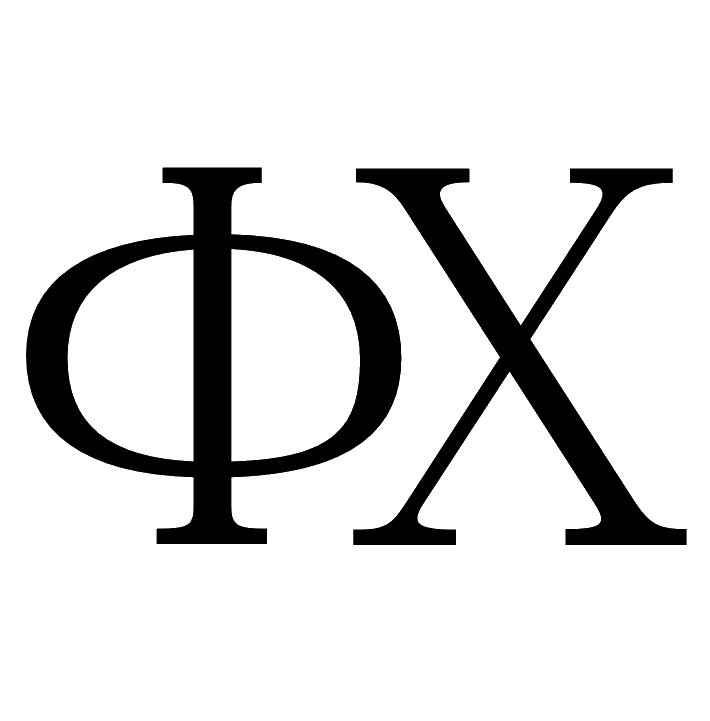Structure and dielectric properties of Ti-doped KNN ceramics
E.V. Barabanova, S.E. Kondratev, A.I. Ivanova
Tver State University
DOI: 10.26456/pcascnn/2023.15.246
Original article
Abstract: The work is devoted to investigation of the influence of the technology for producing potassium sodium niobate ceramics with an acceptor impurity Ti4+ on its structure and dielectric properties. The aim of the work was to determine ways to obtain a single-phase composition of doped ceramics and the role of the TiO2 modifying impurity. It is shown that the substitution of niobium by titanium for preserves the cubic shape of potassium sodium niobate grains, increases dielectric losses and causes significant migration polarization. The latter leads to the fact that the maximum temperature dependence of the dielectric permittivity at low frequencies is not observed for the studied ceramics. The shift of the phase transition temperature caused by doping is not observed. In all samples, despite the heterogeneity of the elemental composition and grain structure, the phase transition temperature corresponds to the phase transition temperature of pure potassium sodium niobate ceramics.
Keywords: sodium potassium niobate, ferroelectric solid solutions, dielectric permittivity, acceptor dopants, phase transition
- Ekaterina V. Barabanova – Ph. D., Docent, Applied Physics Department, Tver State University
- Sergej E. Kondratev – 2nd year graduate student, Physics and Technology Faculty, Tver State University
- Alexandra I. Ivanova – Ph. D., Docent, Applied Physics Department, Tver State University
Reference:
Barabanova, E.V. Structure and dielectric properties of Ti-doped KNN ceramics / E.V. Barabanova, S.E. Kondratev, A.I. Ivanova // Physical and chemical aspects of the study of clusters, nanostructures and nanomaterials. — 2023. — I. 15. — P. 246-254. DOI: 10.26456/pcascnn/2023.15.246. (In Russian).
Full article (in Russian): download PDF file
References:
1. Saito Y., Takao H., Tani T., et al. Lead-free piezoceramics, Nature, 2004, V.432, issue 7013, pp. 84-87. DOI: 10.1038/nature03028.
2. Reznichenko L.A., Verbenko I.A., Andryushin K.P. Bessvintsovye segnetop'ezoehlektricheskie polikristallicheskie materialy na osnove niobatov shchelochnykh metallov: istoriya, tekhnologiya, perspektivy [Lead-free ferropiezoelectric polycrystalline materials based on alkali metal niobates: history, technology, prospects], Fazovye perekhody, uporyadochennye sostoyaniya i novye materialy [Phase transitions, ordered states and new materials], 2013, no. 11, pp. 30-46. (In Russian).
3 Tellier J., Malic B., Dkhil B. et al. Crystal structure and phase transitions of sodium potassium niobate perovskites, Solid State Sciences, 2009, vol. 11, issue 2 pp. 320-324. DOI: 10.1016/j.solidstatesciences.2008.07.011.
4. Malič B., Koruza J., Hreščak J., et al. Sintering of lead-free piezoelectric sodium potassium niobate ceramics, Materials, 2015, vol. 8, issue 12, pp. 8117-8146. DOI: 10.3390/ma8125449.
5. Chen K., Zhang F., Li D. et al. Acceptor doping effects in (K0.5Na0.5)NbO3 lead-free piezoelectric ceramics / // Ceramics International, 2016, vol. 42, issue 2, part A, pp. 2899-2903. DOI: 10.1016/j.ceramint.2015.11.016.
6. Mgbemere H.E., Herber R.-P., Schneider G.A. Investigation of the dielectric and piezoelectric properties of potassium sodium niobate ceramics close to the phase boundary at (K0.35Na0.65)NbO3 and partial substitutions with lithium and antimony, Journal of the European Ceramic Society, 2009, vol. 29, issue 15, pp. 3273-3278. DOI: 10.1016/j.jeurceramsoc.2009.05.021.
7. Malyshkina O.V., Ivanova A.I., Mamaev D.V. Vliyanie parov tellura na formirovanie struktury i dielektricheskie svojstva mnogokomponentnoj sistemy na osnove niobata natriya-kaliya [The effect of tellurium vapor on the structure formation and dielectric properties of a multicomponent system based on sodiumpotassium niobate], Fiziko-khimicheskie aspekty izucheniya klasterov, nanostruktur i nanomaterialov [Physical and chemical aspects of the study of clusters, nanostructures and nanomaterials], 2022, issue 14, pp. 183-193. DOI: 10.26456/pcascnn/2022.14.183. (In Russian).
8. Vendrell X., García J.E., Bril X. et al. Improving the functional properties of (K0.5Na0.5)NbO3 piezoceramics by acceptor doping, Journal of the European Ceramic Society, 2015, V. 35, issue 1, pp. 125-130. DOI: 10.1016/j.jeurceramsoc.2014.08.033.
9. Hussain F., Khesro A., Lu Z., et al. Acceptor and donor dopants in potassium sodium niobate based ceramics, Frontiers in Materials, 2020, vol. 7, art. no. 160, 8 p. DOI: 10.3389/fmats.2020.00160.
10. Jonscher A.K. Low-frequency dispersion in volume and interfacial situations, Journal of Materials Science, 1991, vol. 26, issue 6, pp. 1618-1626. DOI: 10.1007/BF00544672.
11. Jonscher A.K. Dielectric relaxation in solids, London, Chelsea Dielectrics Press, 1983, 396 p.
